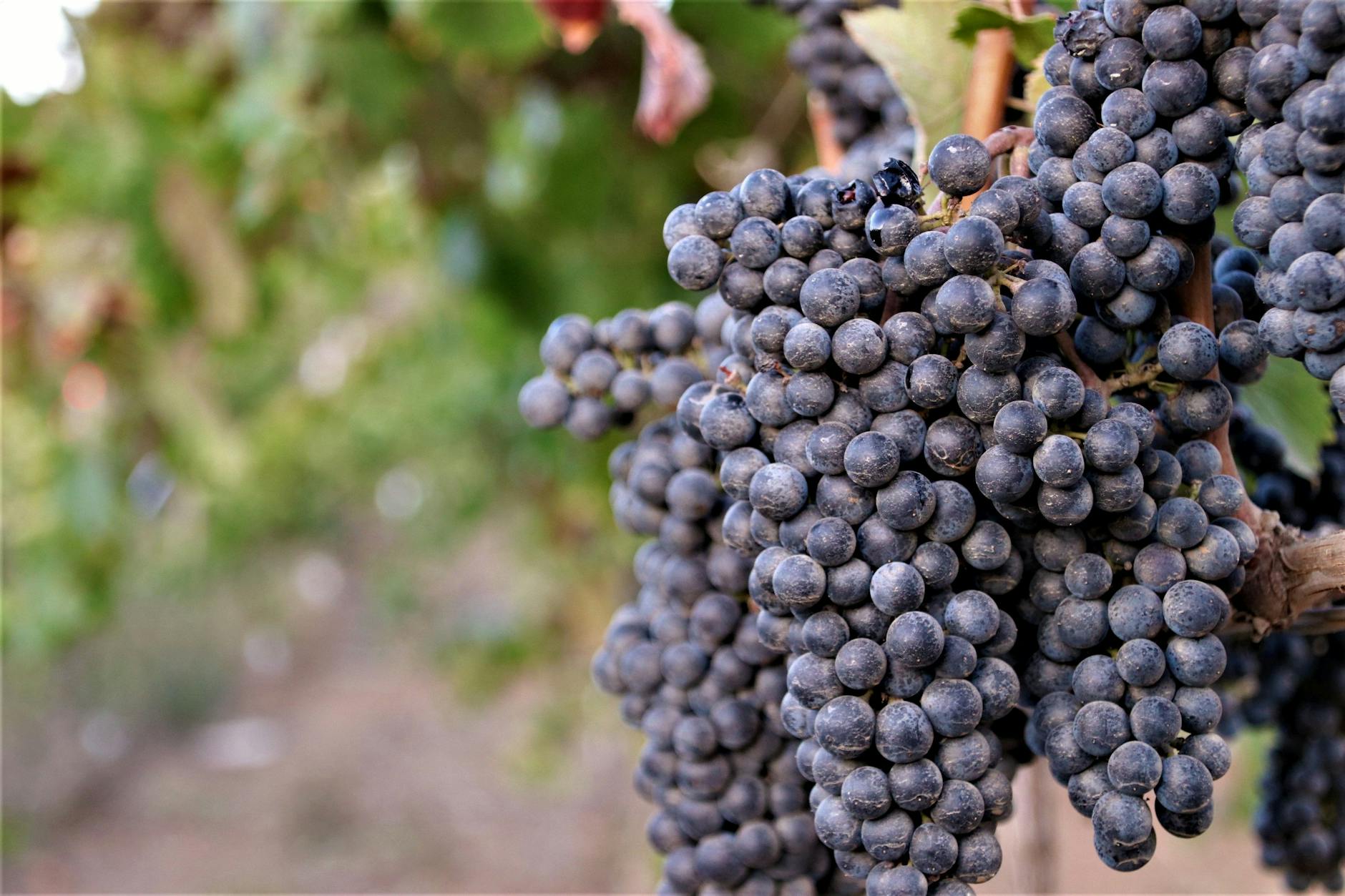How to Make Muscadine Wine Recipe

Have you ever tasted the rich, sweet flavor of muscadine grapes? 🍇 These native American grapes are a true Southern delicacy, and they make an incredible homemade wine. But if you've never tried making your own muscadine wine, you might be wondering where to start.
Don't worry – we've got you covered! In this blog post, we'll walk you through a simple yet delicious muscadine wine recipe that will have you sipping on your very own homemade vintage in no time. Whether you're a seasoned winemaker or a curious beginner, our step-by-step guide will help you transform those plump, juicy grapes into a bottle of liquid gold. 🍷✨
Ready to embark on your winemaking journey? Let's dive into the essential ingredients you'll need, the easy-to-follow directions, and some additional tips to help you become a master of home wine production. Get ready to impress your friends and family with your very own muscadine masterpiece!
Ingredients for Muscadine Wine Recipe

Essential Ingredients
To create a delicious muscadine wine, you'll need the following key ingredients:
- 6-8 pounds of ripe muscadine grapes
- 2-3 pounds of granulated sugar
- 1 packet of wine yeast (preferably Champagne yeast)
- 1 Campden tablet (for sterilization)
- 1 teaspoon of yeast nutrient
- Water (as needed)
Equipment Checklist
Ensure you have these tools on hand for a smooth winemaking process:
- Large fermentation bucket (food-grade plastic)
- Airlock and rubber stopper
- Hydrometer
- Siphon and tubing
- Glass carboy (1 gallon)
- Bottles for storing the finished wine
| Equipment | Purpose |
|---|---|
| Fermentation bucket | Initial fermentation |
| Airlock | Allows CO2 to escape while preventing contaminants |
| Hydrometer | Measures sugar content and alcohol level |
| Siphon and tubing | Transfers wine without disturbing sediment |
| Glass carboy | Secondary fermentation and aging |
Grape Selection Tips
- Choose fully ripe muscadine grapes for the best flavor
- Opt for a mix of bronze and purple varieties if available
- Ensure grapes are free from mold or damage
- Wash grapes thoroughly before use
Remember, the quality of your ingredients, especially the grapes, will significantly impact the final taste of your homemade muscadine wine. Now that we have our ingredients and equipment ready, let's move on to the step-by-step process of making muscadine wine.
Directions for Muscadine Wine Recipe
Preparing the Muscadines
Begin by thoroughly washing and sorting your muscadines. Remove any stems, leaves, or damaged grapes. For optimal flavor, use a mixture of ripe and slightly overripe muscadines.
Crushing and Fermenting
- Crush the muscadines using a fruit press or by hand in a large, sanitized container.
- Add sugar and yeast according to your recipe's specifications.
- Stir the mixture well to ensure even distribution of sugar and yeast.
- Cover the container with a clean cloth and let it ferment for 5-7 days, stirring daily.
Straining and Secondary Fermentation
After the initial fermentation, strain the mixture through a cheesecloth to remove solids. Transfer the liquid to a carboy or large glass jug for secondary fermentation.
| Fermentation Stage | Duration | Temperature |
|---|---|---|
| Primary | 5-7 days | 70-75°F (21-24°C) |
| Secondary | 2-3 weeks | 60-65°F (15-18°C) |
Aging and Bottling
- Allow the wine to age for at least 3 months in a cool, dark place.
- Rack the wine 2-3 times during aging to remove sediment.
- Once clear, bottle the wine and store for further aging if desired.
With the fermentation process complete, it's time to explore additional information about home winemaking to enhance your muscadine wine-making skills.
Additional Home Wine Making Information
Equipment Needed for Home Winemaking
To successfully make muscadine wine at home, you'll need the following essential equipment:
- Fermentation bucket (primary fermenter)
- Carboy (secondary fermenter)
- Airlock and rubber stopper
- Siphon and tubing
- Hydrometer
- Thermometer
- Bottles and corks
- Corker
Sanitization and Cleanliness
Proper sanitization is crucial for successful winemaking. Here's a quick guide:
- Clean all equipment thoroughly with hot water and unscented detergent
- Rinse well to remove all soap residue
- Sanitize using a food-grade sanitizer like Star San or potassium metabisulfite solution
- Allow equipment to air dry or rinse with clean water before use
| Sanitizer | Dilution Ratio | Contact Time |
|---|---|---|
| Star San | 1 oz per 5 gal | 1-2 minutes |
| K-Meta | 2 tbsp per gal | 5 minutes |
Troubleshooting Common Issues
When making muscadine wine, you may encounter these problems:
- Slow or stuck fermentation
- Off-flavors or aromas
- Cloudy wine
- Excess sediment
To address these issues, consider:
- Checking and adjusting sugar levels
- Maintaining proper temperature
- Ensuring adequate yeast nutrition
- Practicing patience during clarification
With this knowledge of equipment, sanitization, and troubleshooting, you're well-prepared to tackle the art of homemade muscadine wine. Next, we'll explore some exciting variations and flavor enhancements to elevate your muscadine wine recipe.

Crafting your own muscadine wine can be a rewarding and enjoyable experience. By following the simple recipe outlined in this post, you can create a delicious homemade wine that captures the unique flavor of muscadine grapes. Remember to gather all the necessary ingredients and equipment before starting, and pay close attention to each step in the winemaking process.
As you embark on your winemaking journey, don't be afraid to experiment with different techniques or variations to suit your taste preferences. With patience and practice, you'll soon be producing high-quality muscadine wine that rivals commercial varieties. Cheers to your new adventure in home winemaking!
